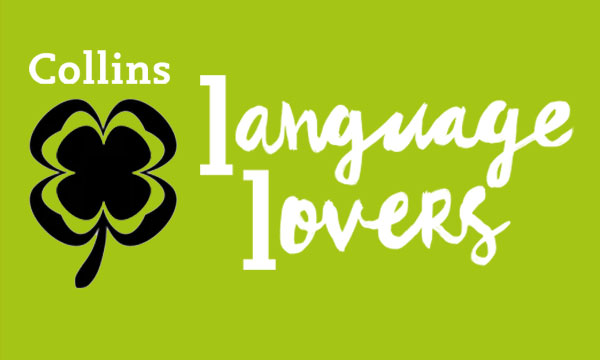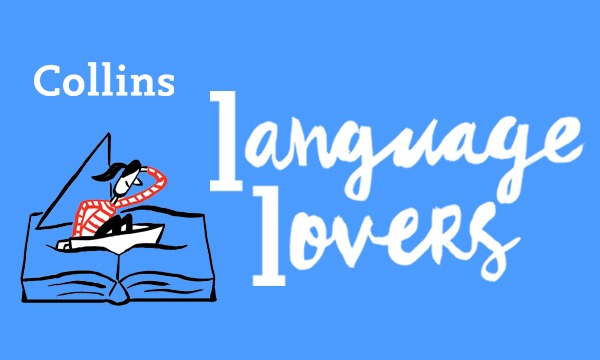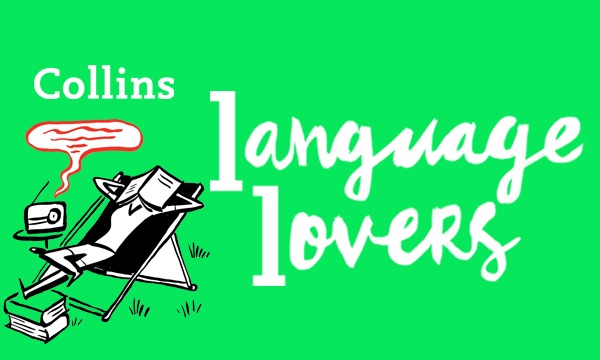Whether you like to toast with a pint of Guinness or paint the town green, St. Patrick’s Day is a day of celebration marked around the world. Officially a feast day for St. Patrick, the patron saint of Ireland, March 17th is a day of religious services and feasts in Ireland. Abroad, those with Irish ancestry treat it as an opportunity to flaunt their love of the Emerald Isle.
At Collins Dictionary, we’ll take any opportunity to delve a little deeper into the language around traditions. To mark St. Patrick’s Day, we’ve done our research and come up with 11 craic-ing words to add to your vocabulary, from blarney stone to seannachie. Let’s get this party started!
Blarney stone
A famous stone embedded in Blarney Castle near Cork, the Blarney stone is believed to endow those who kiss it with the gift of the gab: that is, the ability to be persuasive and charming. Made of limestone, it was set in the castle in the mid-15th century and is a popular tourist attraction, with many visitors coming to kiss the stone. In fact, such was the strength of the legend behind the stone’s powers that it led to the word blarney, which is defined as things said that are flattering but probably untrue, being introduced into English.
Bodhran/Bodhrán
Music is integral to Irish culture, with the fiddle and the harp appearing in many Celtic folksongs. It’s also a massive part of St. Patrick’s Day celebrations. The bodhran (or bodhrán) is an unsung hero of Irish music. Defined as a shallow one-sided drum, it’s known for its deep, distinctive sound and is popular in Irish and Scottish folk music. . Bodhran in English may derive from the middle Irish bodar, meaning ‘deaf’.
Craic
If you have Irish friends or family, the chances are you’ve enjoyed good craic. No, it’s not a food: craic is the Irish spelling of the British English ‘crack’, meaning fun or informal entertainment. Examples of good craic on St. Patrick’s Day include attending a St. Patrick’s Day parade, listening to some lively Irish music, or enjoying some banter with friends at the pub.
Colcannon
A staple of Irish cuisine, colcannon is made of potatoes and greens such as kale or cabbage. It’s traditionally served on Halloween due to its purported fortune-telling properties, with coins or other items cooked into the dish predicting the fortune of the person eating. For example, finding a coin meant you’d find wealth in the coming year. The word itself derives from the Irish cál ceannann, which means ‘white-headed cabbage’.
Donnybrook
A word steeped in history, in English, a donnybrook is defined as an inordinately wild fight or a contentious dispute. A free-for-all, if you will. It comes from the Donnybrook Fair, which was held in Dublin for over 600 years after King John of England first granted the licence for an annual eight-day fair in 1204. It originally featured livestock and produce, but as the centuries passed, it became renowned as a raucous carnival. While the fair no longer takes place today, the site is now home to the Donnybrook Rugby Ground.
Leprechaun
A prominent character in Irish folklore and a famous symbol across the world, a leprechaun is an imaginary creature that is often popularly depicted as a little old man in a green suit. According to Irish legend, the leprechaun guards a pot of gold which you can find at the end of a rainbow. If you find them, not only do you get to keep the gold, but you’ll be granted three wishes. Good luck with that. The word itself is believed to come from the Middle Irish luchorpan, which means ‘little body’.
Limerick
Defined as a humorous poem made up of five lines, limericks are renowned for their mischievous and often silly subject matter. Many prominent writers have taken a crack at limericks over the years, including Lewis Carroll and Rudyard Kipling. The word’s link to the Irish county of Limerick is thought to date back to the 1800s, and a popular game people would play involving the creation of nonsense verses which would end with ‘Will you come up to Limerick?’. Find out more about the history of the limerick by reading our blog celebrating National Limerick Day.
Machree
If you’d prefer to spread the love on St. Patrick’s Day, we love machree, an Irish term of endearment which means ‘my dear’. While it has its roots in the Irish-Gaelic mo chroidhe, meaning ‘my heart’, machree was popularised in the English language thanks to the 1910 song Mother Machree which features the lyric: ‘I kiss the dear fingers so toil worn for me. Oh God bless you and keep you, Mother Machree.’
Ogham
Have you ever heard of ogham? Ogham is an ancient alphabetical writing system first used by the Celts in Britain and Ireland, developed in the 5th and 6th centuries. The language largely consists of straight lines drawn at an angle to another straight line. These ancient inscriptions have been found carved into stones across Ireland and its form is believed to have been inspired by trees, which means it is sometimes called the Gaelic tree alphabet.
Seannachie
Throughout the ages, one of our favourite human activities is the sharing of stories. Before books, Ireland had people known as seannachie, or in Irish seanchaí. These people were traditional Irish storytellers, who acted as historians for their tribes by collecting and sharing important information about their clan. Consider them the Irish Netflix, providing a single source of entertainment such as folklore, myth and legend in Ancient Ireland.
Shamrock
Another famed symbol of Irish culture, it wouldn’t be St. Patrick’s Day without a shamrock. The word shamrock is used to describe a small three-leaved plant, which is sometimes called a clover. Not only is the shamrock the national emblem of Ireland, but it shares a close association with St. Patrick, as it is believed he used a shamrock to explain the Christian concept of the Holy Trinity (the Father, Son and Holy Spirit) to Irish pagans.
Do you have a favourite Irish word you’d like to share with us for St. Patrick’s Day? Tweet us @CollinsDict.
By Rachel Quin
Rachel Quin is a freelance marketer and copywriter with a love of language, books and cats.
All opinions expressed on this blog are those of the individual writers, and do not necessarily reflect the opinions or policies of Collins, or its parent company, HarperCollins.



